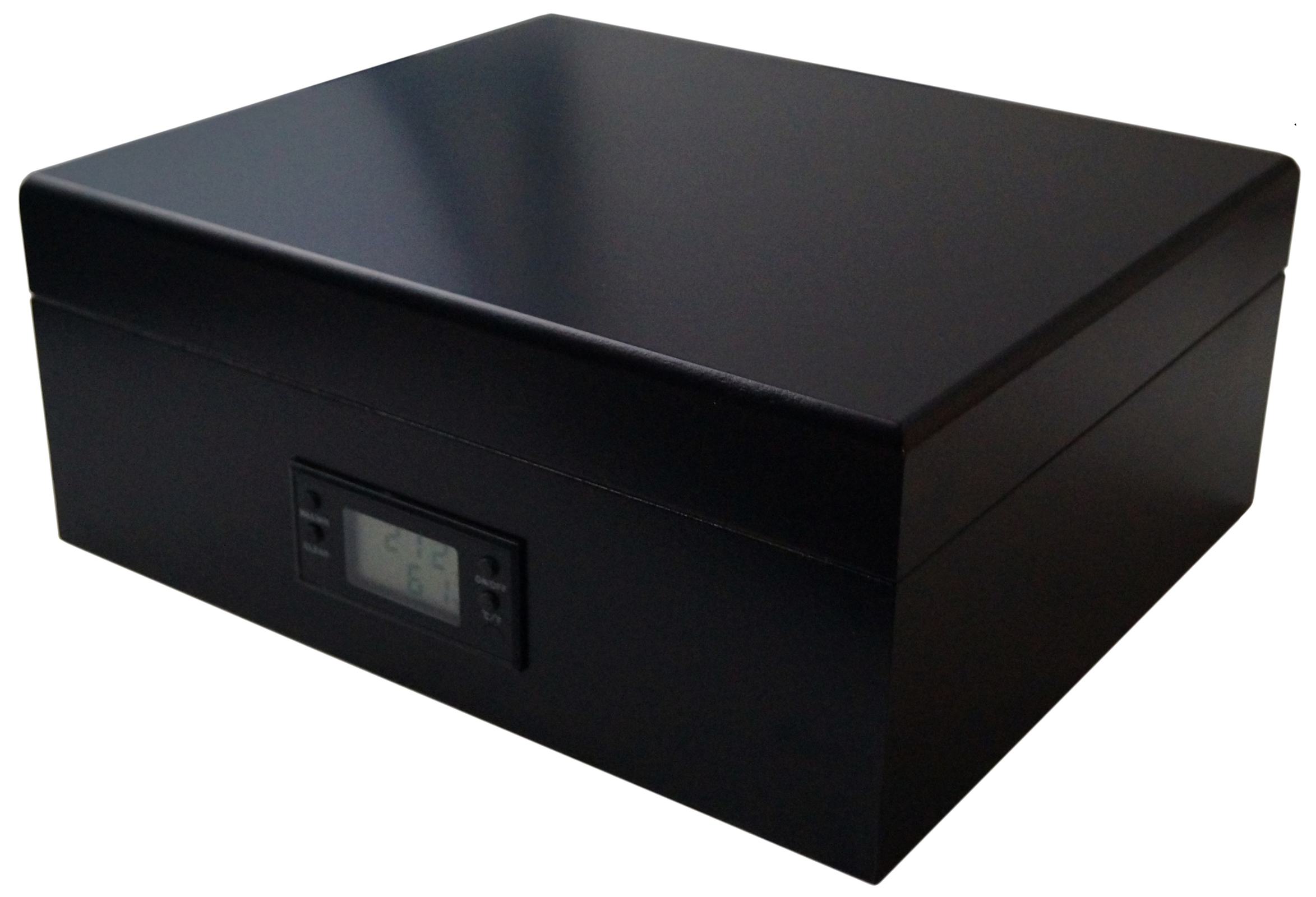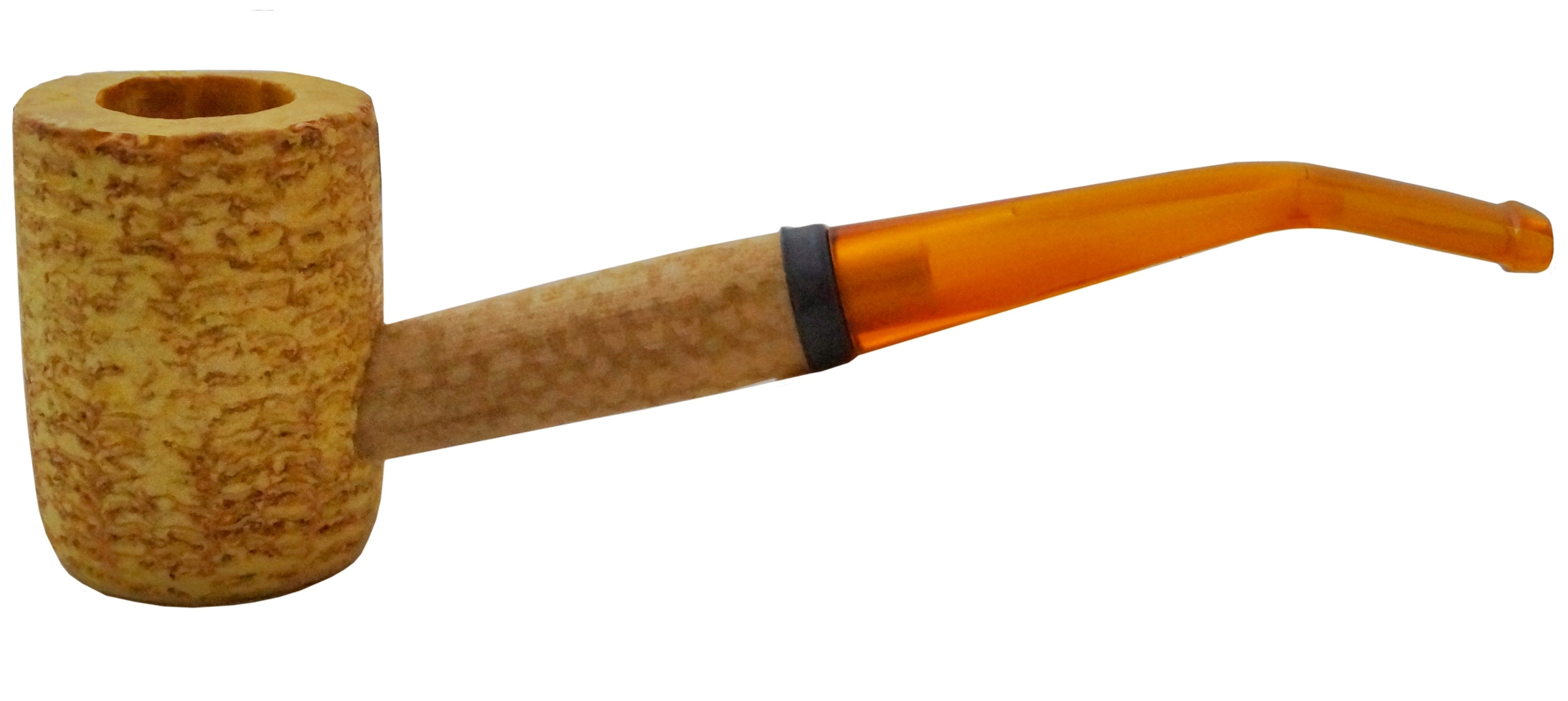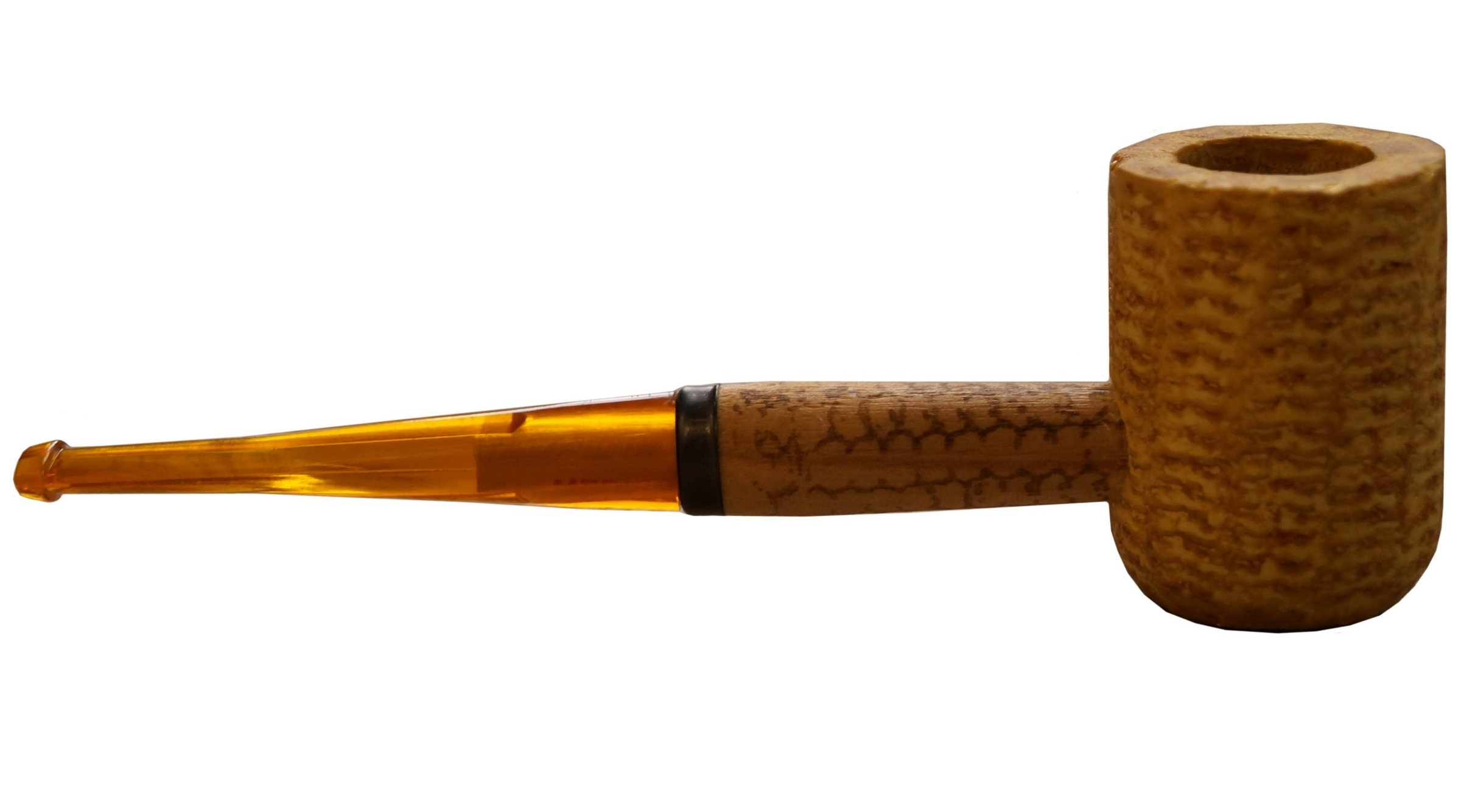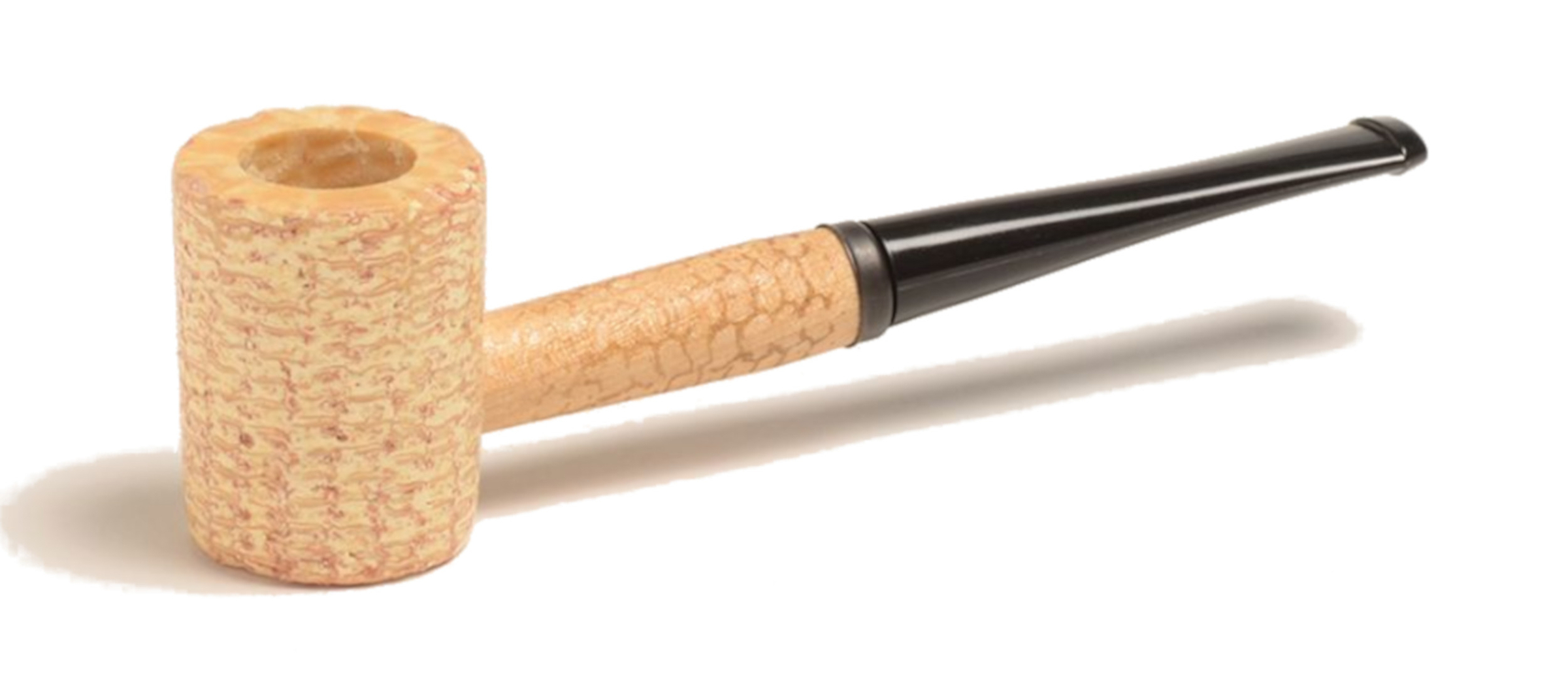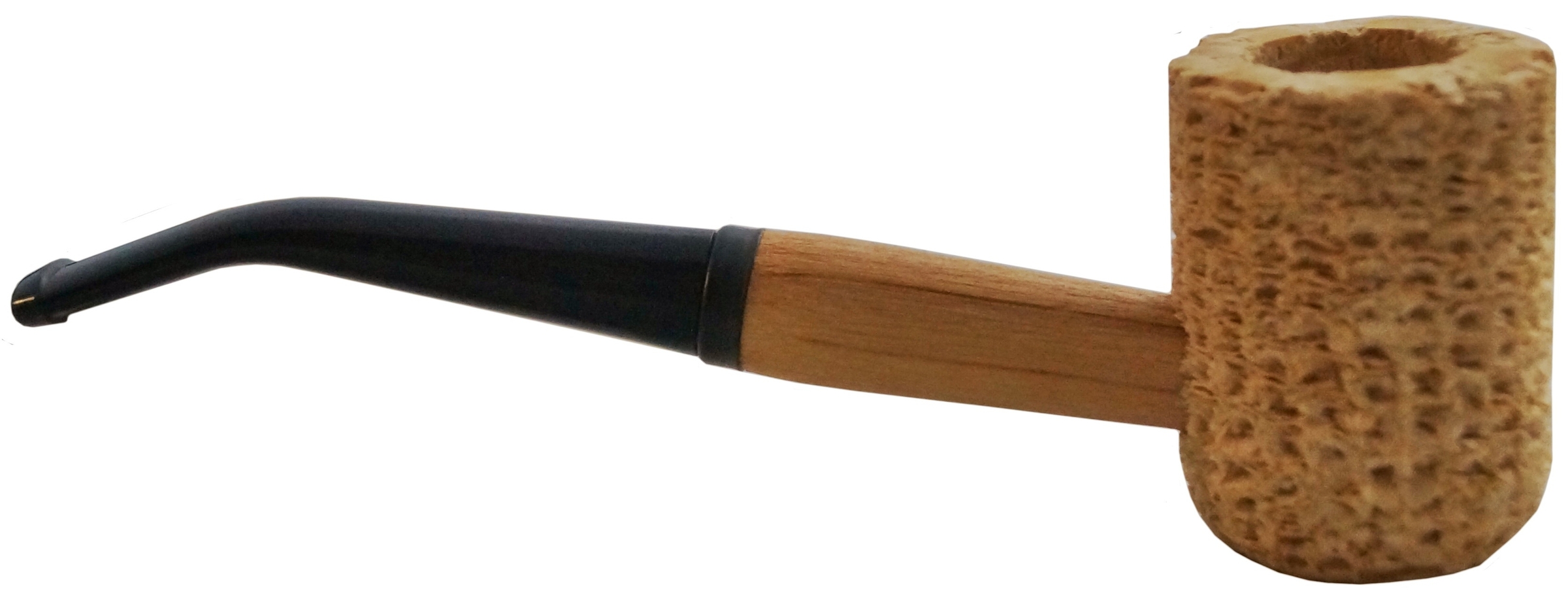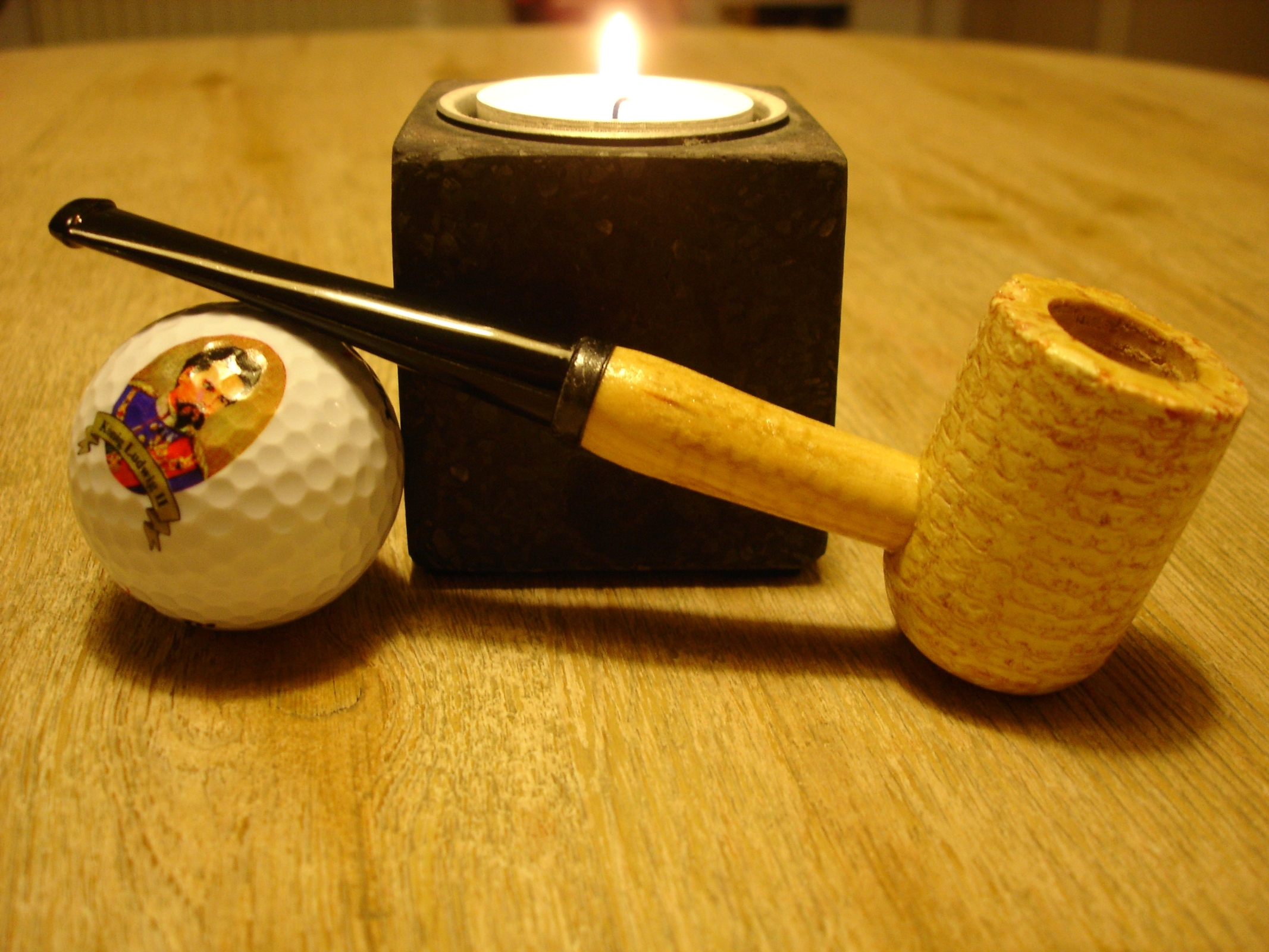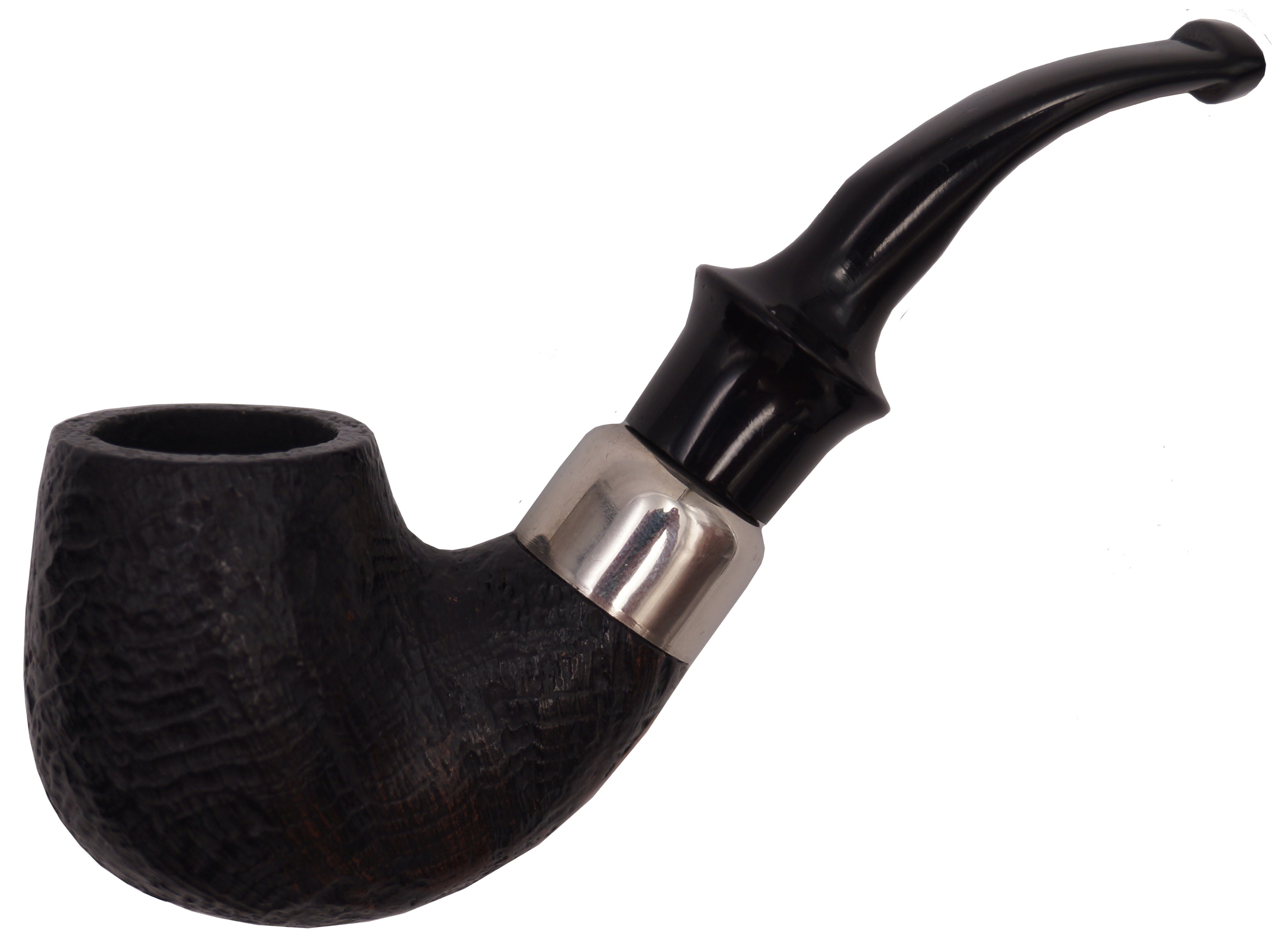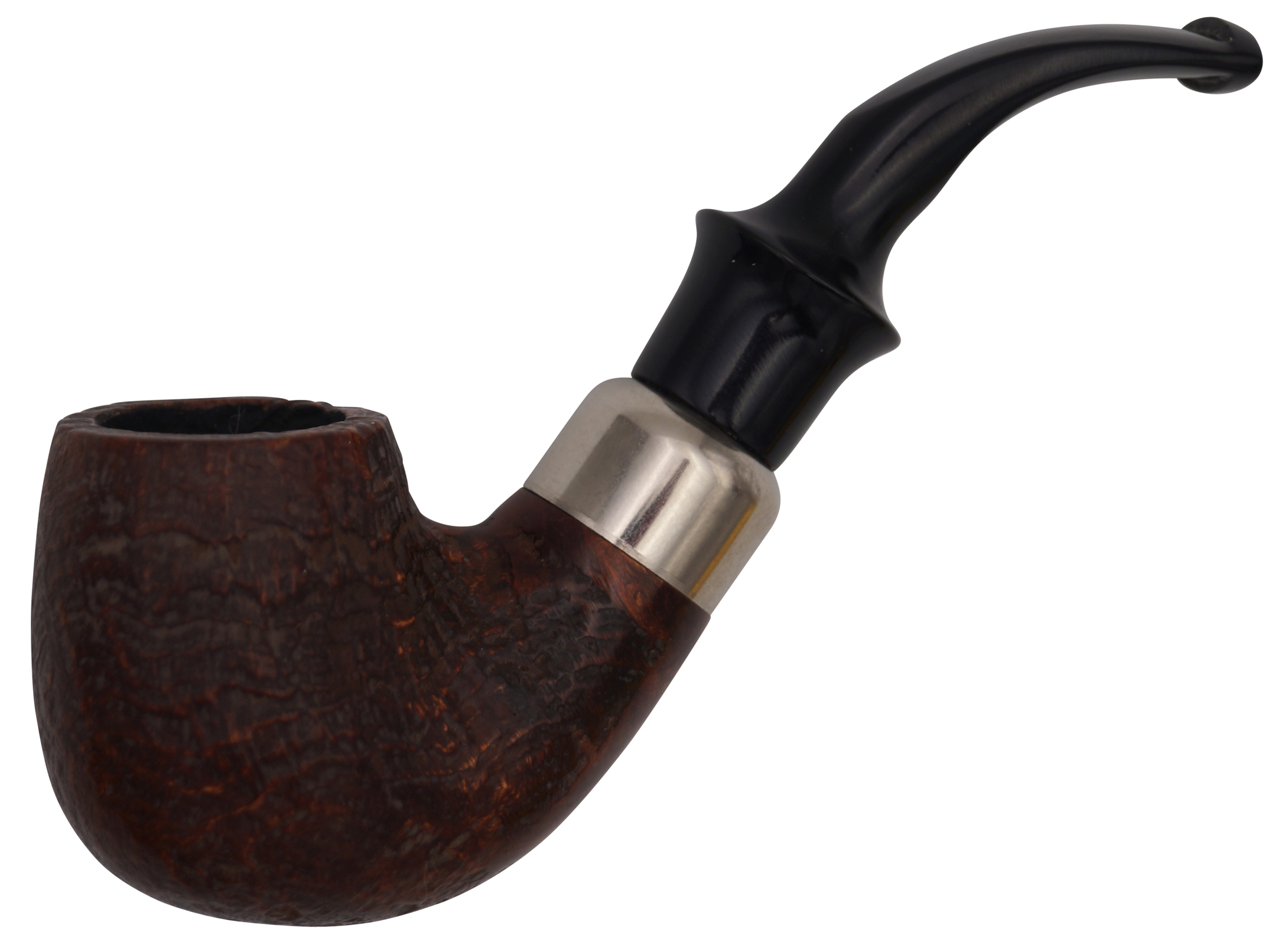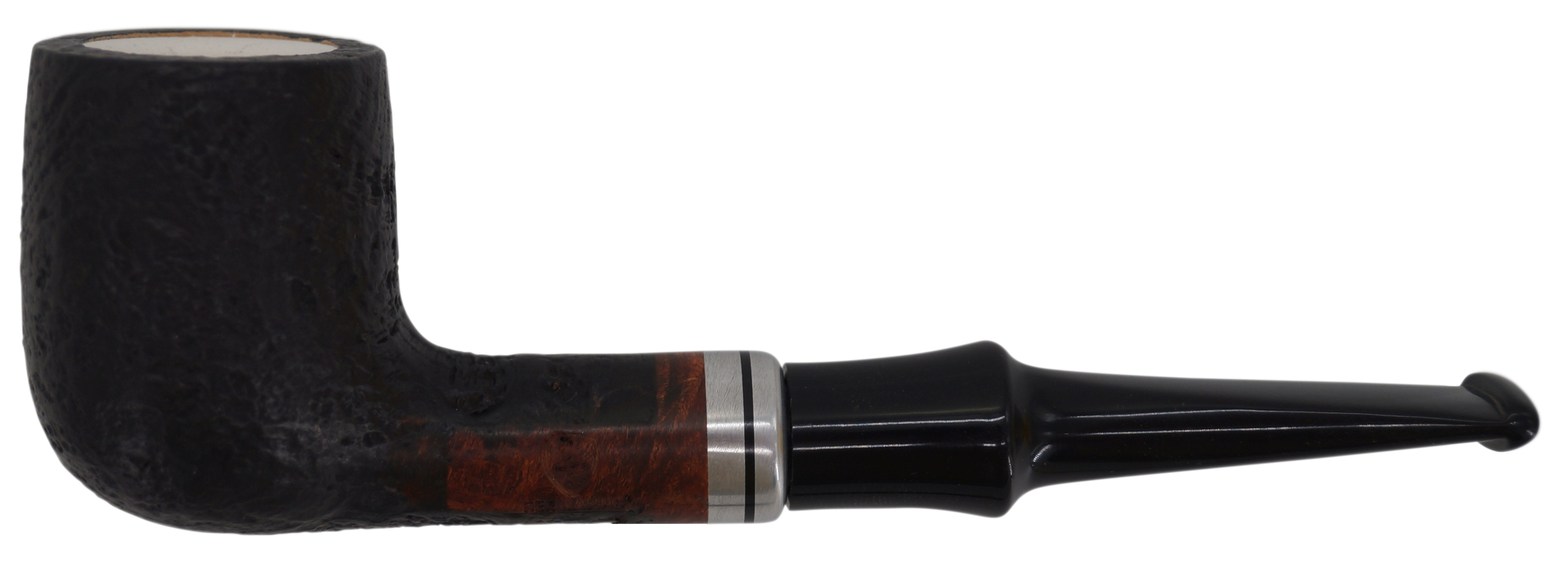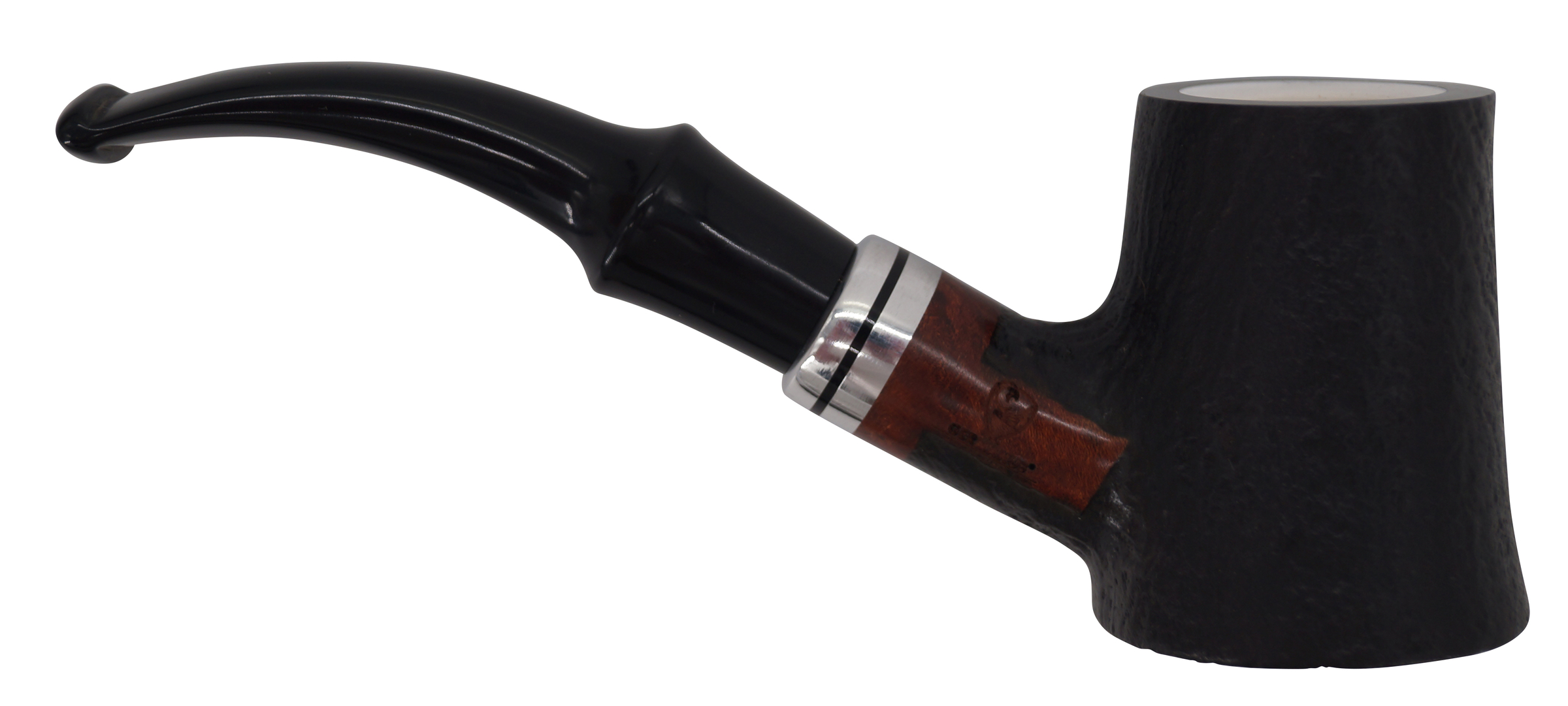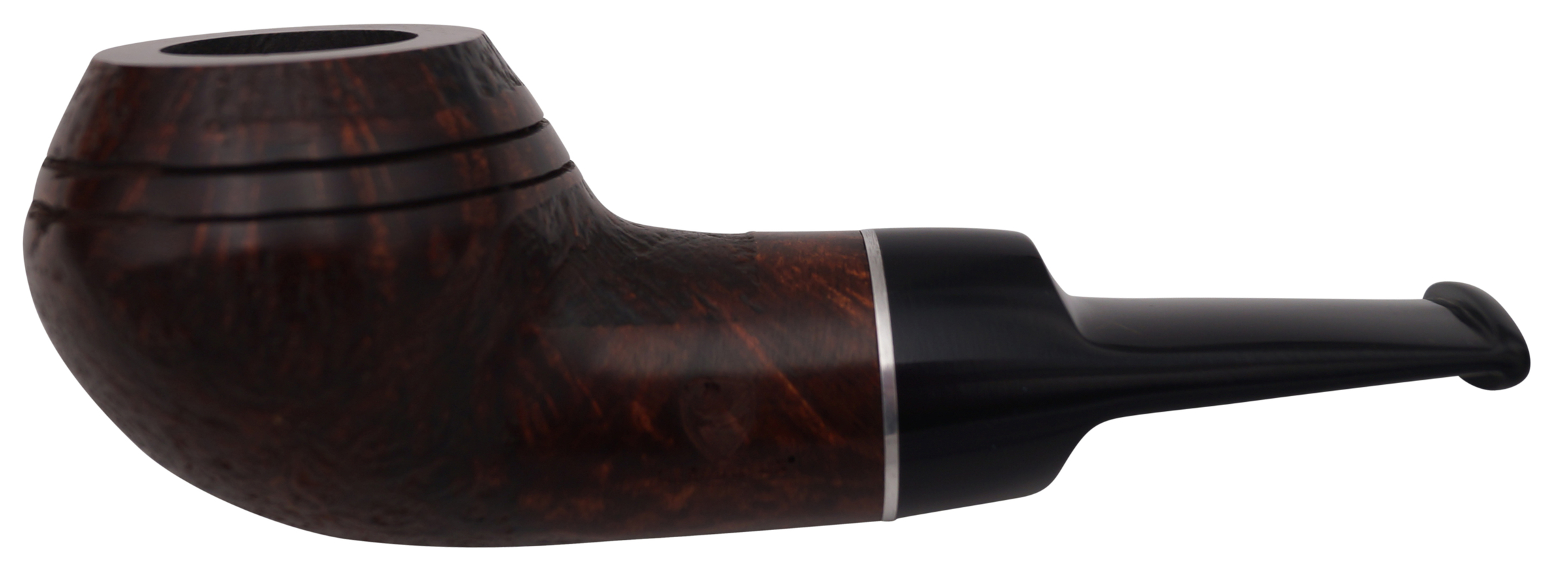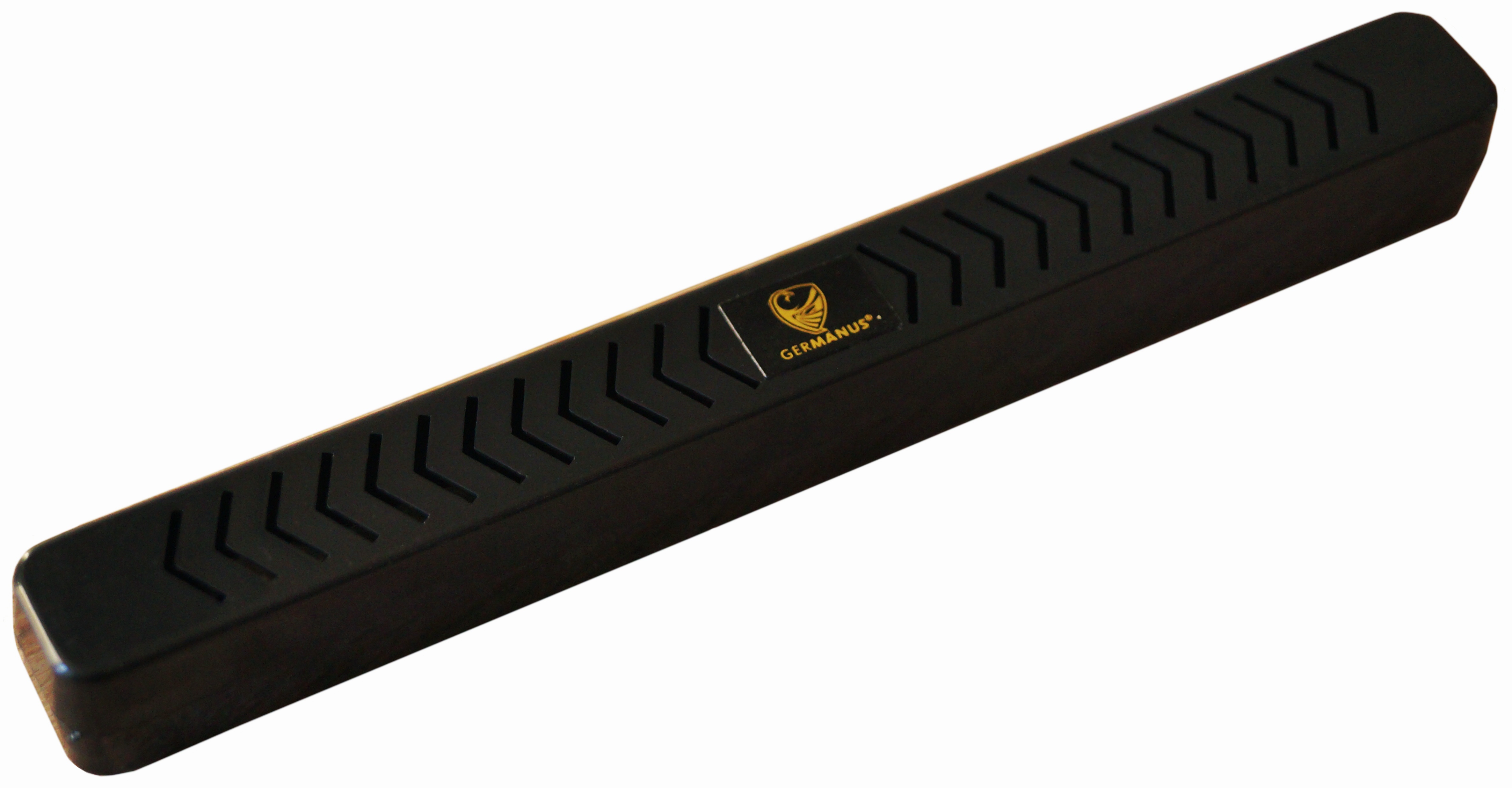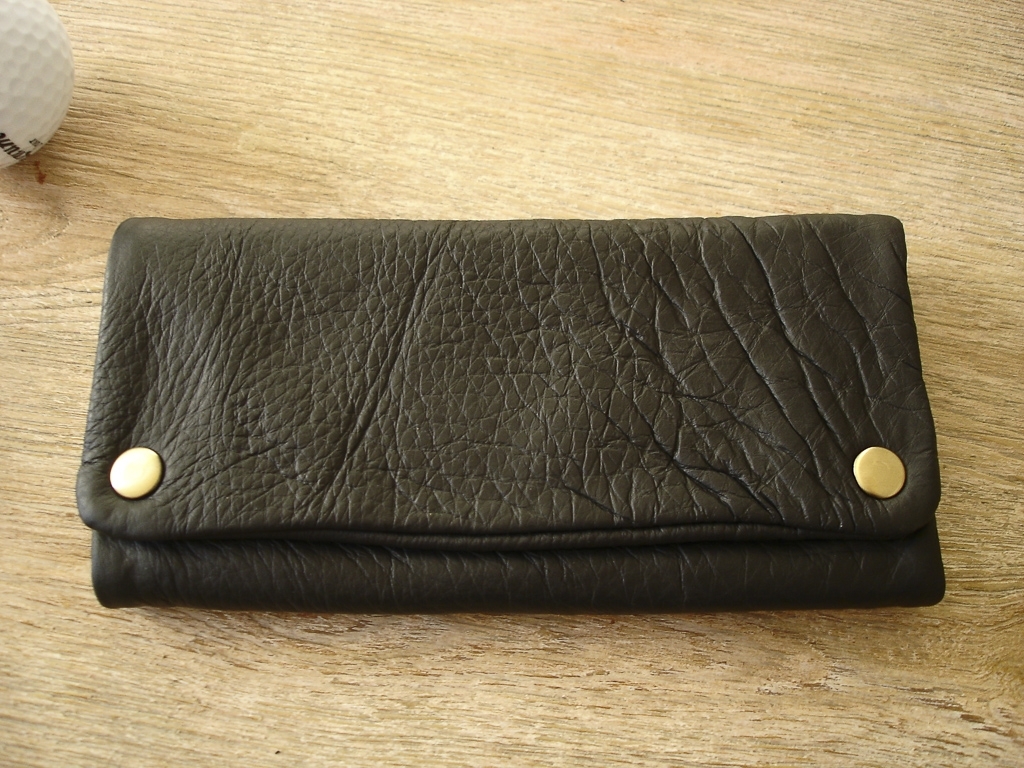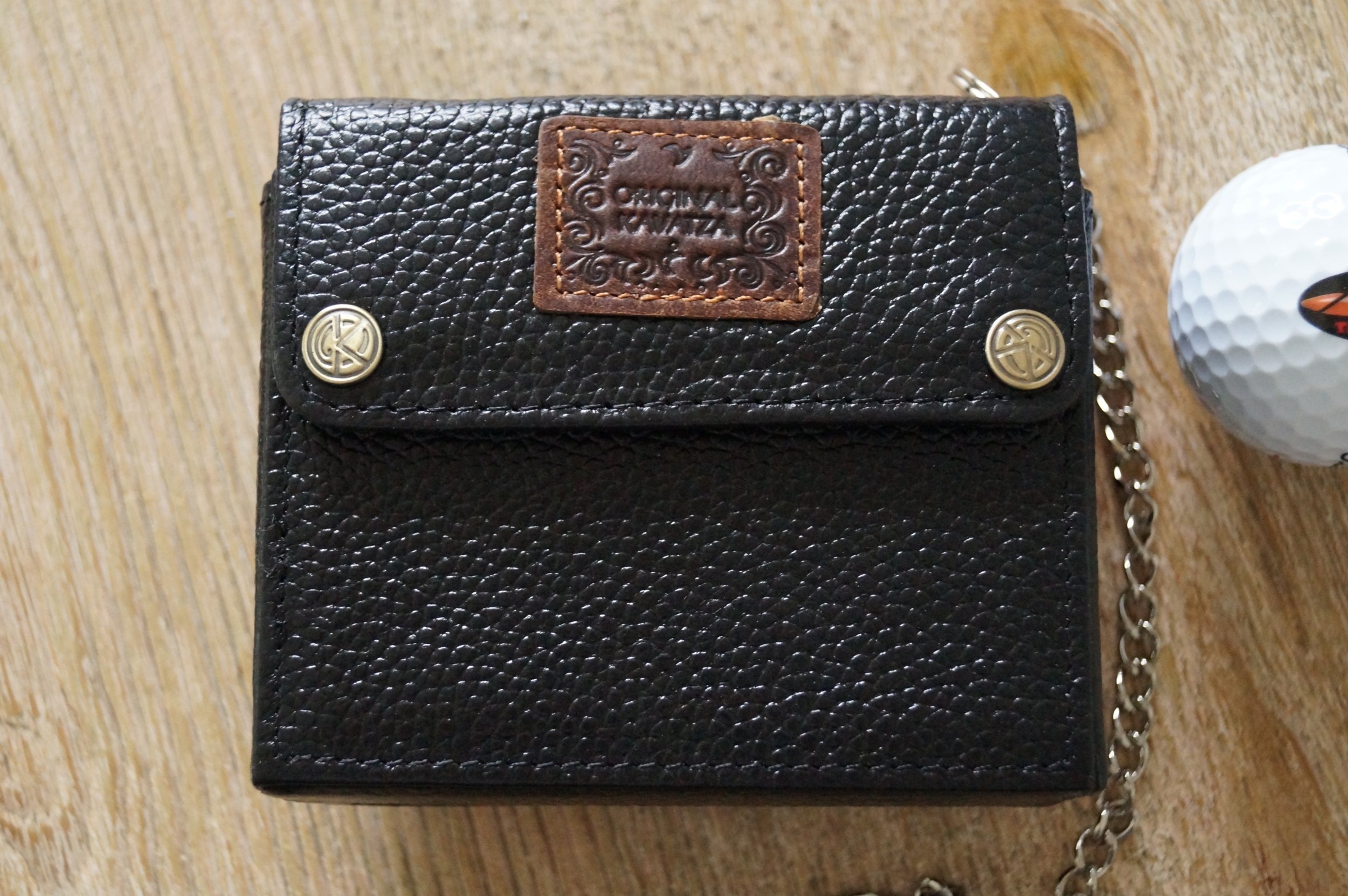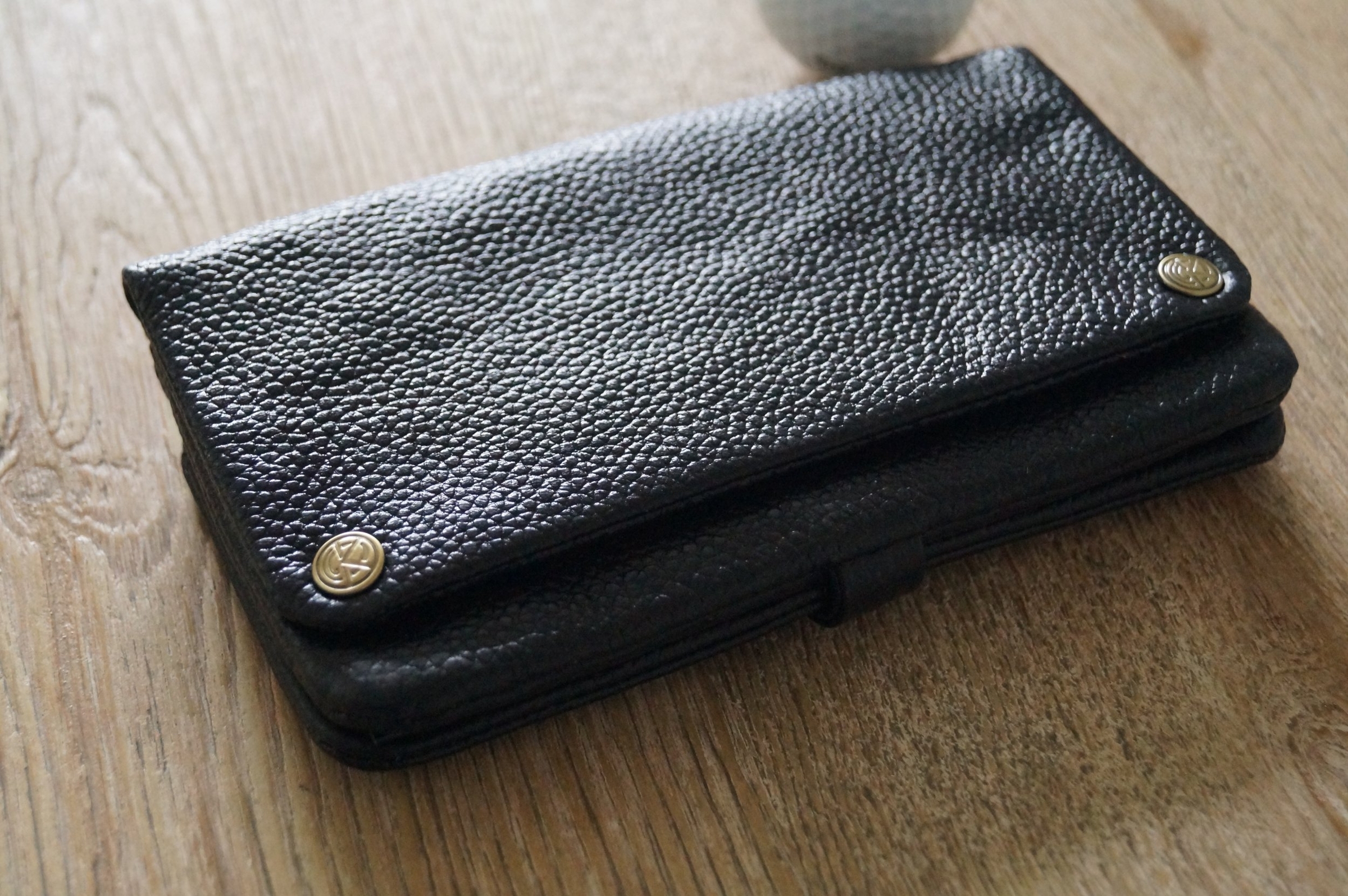Cigar Bloom and the Fear of Mould in a Cigar Humidor
Mould in a Cigar Humidor is a popular topic on internet forums and facebook groups about cigars. I already explained how the illogical search for the “ideal” 70% can be a delusional idea. The topic cigar mould is connected to that obvious fear.
We receive questions on a regular basis asking for a diagnosis. In almost each case cigar bloom or non-toxic food mould fungi is the diagnosis. This text is meant to give a basic overview. As Owner and Operator of GERMANUS we’re asked for diagnosis.
In most cases the found condition is cigar bloom. Cigar bloom is a good sign of aging and also an absolutely normal sign.
To give a rough guideline: Doesn’t a cigar smell unpleasantly, can you smoke it (because it isn’t too wet), does she taste at least acceptably, and you most likely won’t have a mouldy cigar at issue. A mouldy cigar smells rotten. Nobody would eat rotten meat, because it smells so badly. In the same way you won’t accidentally smoke a rotten cigar. The standard bodily functions should prevent accidental consumption. Just like the alarmism in connection with best before dates, mould and cigars are a topic of alarmism.
The cigar Journal published some very useful articles about the topic.
Cigar Bloom
Important: There are most astounding stories that smokers tell. I can tell stories about smokers, who fill their humidor up with water like an aquarium and give their cigars a nice swim in the pool. There are smokers, who soak their humidifiers before they go on vacation. They add an additional humidifier to make sure there’s enough moisture during absence. And they place the humidor with windows in the bright sunlight. Then they go away and leave their greenhouse alone.
But these are exceptional incidents. The usual cigar smoker pays at least some attention to his cigars and thinks his actions through. He sees a little white fluff on his cigars, which he soon recognises. Please keep calm in such moments. That’s a viable situation.
If there’s an actual case of mould, the experienced smoker doesn’t put to much attention to the issue. Cigars are a natural product, which are usually hand rolled and have seen many hands before finally be packed into boxes and later be smoked. The box will get through changing climate. Germs and Spores are included in either case. Affected cigars can be isolated. If the humidor shows fluff e.g. at the humidifier’s grille, you can wipe it off and have an eye on the area during the next time.
There are two reasons that should reassure you.
Cigar Bloom
It’s usually the cigar bloom, which is wrongly taken for mould. The pictures showcase Ramon Allones Specially Selected directly from the German importer 5th Avenue. I personally smoked the cigars with greatest pleasure. The taste was just great. The aroma inside the box is among the most pleasent smells that I ever got the luck to smell. If you get a box of these, be happy about your luck. Cigar Bloom mostly appears on cigars during summer. (It got to do with the surrounding temperatures around.) Many Cigar Smokers are surprised to see cigar bloom on their cigars, when summertime begins. But cigar bloom is just a proof of a well aged cigar.
Good and Bad Mould
There are different kinds of mould. I repeatedly discussed the topic with Marc Andre, who writes articles about cigar storage for the European Cigar Journal. In consultation with the 5th Avenue (Importer of Habanos in Germany), they gave the following statement, which I quote in original German language and an English translation:
In praxis cigar bloom is often mixed up with food mould fungus. From the view of the smoker, it’s almost identical and there’s no real difference: Both are signs of aging and are not affecting cigars.
„This white fungusis no toxical food mould fungus and shouldn’t be mistaken with such fungus. Food mould fungus is an organic product and toxical. The fluff on the cigars is odourless.
The white fluff is Eurotium – a not toxical fungus. Most cigar boxes automatically contain this fungus. In contrast to classic food mould fungus, which demands for a high humidity level to be able to grow, Eurotium sperms can grow at rather low humidity levels of ca. >60%. Eurotium inhabitates almost every cigar. You just can’t see it, because i’s invisible. Only when the cigar evaporates water and transports the salts (Minerals of the tobacco) to the wrapper, it makes a visible impression. That salt is a perfect fertile soil for the spores.
The fluff doesn’t look nice, but it absolutely doesn’t affect your cigars. Just wipe it off and wait. After some time, when the cigar will have evaporated its minerals, it won’t appear any more.” Marc Andre
„Allerdings ist dieser weiße Flaum nicht mit dem nach Schimmel riechenden Lebensmittelschimmel zu verwechseln. Lebensmittelschimmel ist ein Zersetzungsprodukt organischer Substanz und ist giftig. Das ist bei dem weißen Belag auf dem Schwamm nicht der Fall. Der Flaum ist praktisch geruchlos.
Dabei handelt es sich um so genannten Eurotium – ein nicht toxinbildender und geruchloser Pilz. Diesen haben Sie in praktisch jeder Zigarrenkiste automatisch drin. Im Gegensatz zu klassischem Lebensmittelschimmel der eine hohe Luftfeuchte zum wachsen benötigt, können Eurotium-Sporen schon bei einer relativen Luftfeuchte von 60% entstehen. In jedem passiven Befeuchtungssystem haben Sie diese Sporen drin – Sie sehen sie nur nicht. Und Eurotium ist auf jeder Zigarre . Sie sehen ihn nur nicht. Es sei denn, die Zigarre verdunstet Wasser und transportiert das im Tabak enthaltene Salz (Mineralien des Tabks) auf das Deckblatt. Ein perfekter Nährboden für diese Sporen.
Der Flaum sieht unschön aus, ist aber vollkommen unschädlich für die Zigarre. Wegputzen und warten. Nach einiger Zeit (wenn der Tabak seine Mineralität ausgedunstet hat) wird das nicht mehr auftreten.“ Marc Andre
Temperature
The perfect temperature for growing mould is ca. 5-15°C. A simple experiment to prove the assumption can be performed with a piece of cheese. If the temperatures are higher, the cheese won’t soon grow mould. If a white fluff appears, it’s most likely Eurotium, which is also known as a benign food mould fungus.
Once again an excerpt of Marc Andre:
“If mold does grow on the cigar, this is almost always Eurotium.spp, a fungus that does not form toxins and that grows in every mattress and in every environment with a relative humidity above 60%. This fungus only grows on the surface of the cigar, on the wrapper, is entirely harmless and is easily confused with cigar bloom. If this fungus structure appears on the cigar, you simply wipe it off. If cigars are stored cool at a storage temperature of 16°C and 65 to 70% relative air humidity, you will notice that the cigars feel relatively dry. This is due to the fact that as the temperature falls below 18°C, the relative air humidity must be increased in order to ensure the 13% by weight of water in the cigar. Hence the air humidity is increased to figures between 75 and 80%. And that is where the attentive reader will see the problem: the low-temperature and ongoing high air humidity increases the risk of mould. As long as it is only Eurotium, it is harmless, but if in fact Apsergillus flavus is growing on the cigars, it becomes a problem. And this risk occurs where storage is at a low temperature and high relative air humidity.”
"Sofern tatsächlich Schimmel auf der Zigarre wächst, handelt es sich fast immer um den Erotium.spp, einen nicht Toxin bildenden Pilz, der in jeder Bettmatratze und in jeder Umgebung mit einer relativen Feuchte von mehr als 60 Prozent wächst. Auf der Zigarre wächst dieser Pilz nur oberflächlich auf dem Deckblatt, ist vollkommen harmlos und kann leicht mit der Zigarrenblüte verwechselt werden. Tritt dieses Pilzgeflecht auf der Zigarre auf, so wischt man es einfach ab. Wenn nun Zigarren gekühlt gelagert werden, so wird man bei 16 °C Lagerungstemperatur und 65 bis 70 Prozent relativer Luftfeuchte feststellen, dass sich die Zigarren verhältnismäßig trocken anfühlen. Das liegt daran, dass ab Temperaturen von weniger als 18 °C die relative Luftfeuchte sukzessive erhöht werden muss, um die 13 Gewichtsprozent an Wasser in der Zigarre zu gewährleisten. Also wird man die Luftfeuchte erhöhen auf Werte zwischen 75 und 80 Prozent. Und da bemerkt der aufmerksame Leser das Problem: Geringe Temperatur und andauernd hohe Luftfeuchte erhöhen die Schimmelgefahr. So lange es sich nur um den Eurotium handelt, ist das harmlos, wenn aber tatsächlich ein Aspergillusflavus auf den Zigarren wächst, dann wird es brenzlig. Und diese Gefahr besteht bei Lagerungsbedingungen."
Video of the most popular German Pipe Youtuber: Ralligruftie
Ralligruftie and me came across the topic of mouldy tobacco in connection with natural pipe tobaccos. Ralf’s interest into the topic grew and therefore I put forward the idea of making a video about the mould topic. Ralf made this video about tobacco and how tobacco can change under circumstances. I presented some of the materials to him, upon which the video is based. He’s a pipe smoker. He therefore puts more emphasis on pipe tobacco.
Thanks to him for also mentioning cigars and cigar storage in his video. I asked him to do so and of course are very happy that he made some comments. He made once again a great video. I like the way how he discusses the topic and also the calm way in which he classifies mould as one peculiarity among others inherent with tobacco.


